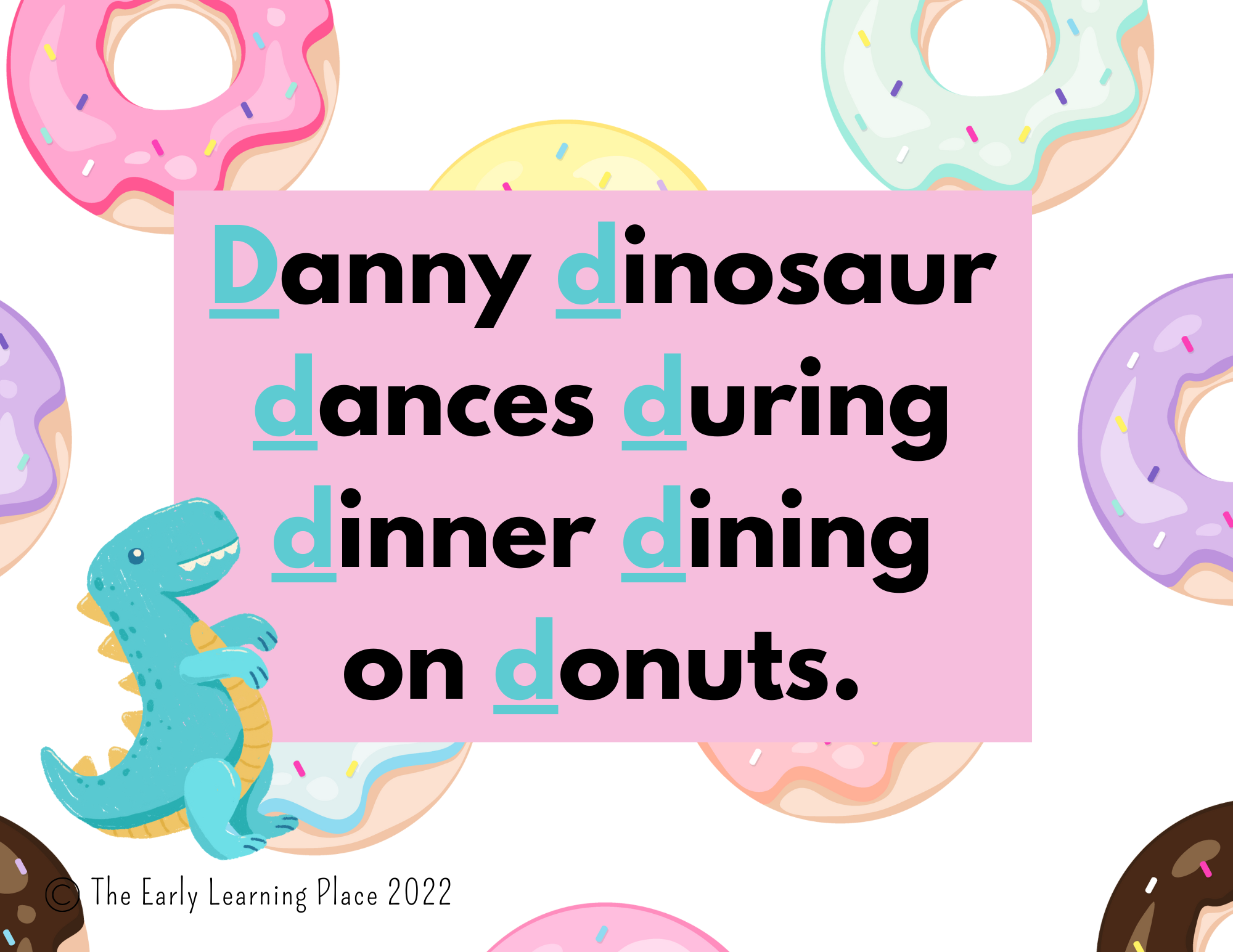Phonological Awareness: What Every Parent Should Know
What is it?
Phonological Awareness is the ability to HEAR, recognize, and manipulate the spoken parts of sentences and words!
Huh?
It’s being able to identify rhyming words, alliteration, segment syllables, and blending and segmenting onset-rimes. The BIG chunks of language, NOT individual sounds.
Why is it important?
*Phonological Awareness skills are crucial for young readers!
*This is where reading skills are first developed! It all begins with listening and manipulating these larger chunks of language!
*It is because young learners can make out larger chunks of language more easily than their individual sounds.
What does my learner need to be able to do?!?!
They need to be able to Identify:
Word Segmentation
Rhymes
Alliteration
Syllables
Onset and Rime
Pre-readers and beginning readers NEED these skills, so let's look at some ways you can help!
Word Segmentation
How many words are in a sentence?
Playdough Time (or any small manipulative)
Mak 5-6 playdough balls and place in front of your child
Say a sentence (it can be silly, random, from their favorite book…)
They will push down a ball for each word they hear. (They will verbally repeat the sentence, as they push down a ball)
Example: My friends are nice. (4 words, so they will push 4 balls)
HINT: For beginners start with 2-4 word sentences and AVOID multisyllabic words (words with more than one syllable). Learners just starting with this activity will most likely hear a multisyllabic word and see it as TWO words.
For example, “Today is my birthday.” They may see this as having 6 words and not 4 words.
Rhyming
Have some extra time in the car, or standing in line at the store? Play rhyming games!
Can you think of a word that rhymes with ___? They can come up with real or silly words!
Hint: If your learner are struggling with rhyming words, have them pay attention to what their mouth is doing. Does their mouth move the same way as they say two words? Have them say two rhyming words in a mirror.
New learners will ONLY be able to identify rhymes they won't yet be able to come up with a word that rhymes…YET.
Alliteration
Words that all start with the same sound!
Create silly sentences OR phrases with words that start with the same sound.
Example: "Miss Megan munches many mushy marshmallows."
New Learners: YOU come up with a sentence and THEY identify what each word starts with. Example: What is the first sound you hear at the beginning of each word? (/m/)
Bonus: Have them figure out how many words are in the silly sentence!
Syllables
A syllable is a part of a word that has one vowel sound in it. There are different stages of segmenting syllables! Start with the first stage and work your way up.
Blending Syllables: snow/man=snowman
Segmenting Syllables: snowman=snow/man
Syllable Deletion: Say snowman, now say snowman without snow... snow
Syllable Manipulation: Say snowman, now change man to flake... snowflake
Have fun with compound words!
Say two small words and have your learner blend them together to figure out the compound word!
Ex: rain+bow=rainbow or snow+man=snowman
What is the mystery word??
Say each syllable in a word. Have your learner guess what you are trying to say by putting the syllables together!
Example: You would say blank/et. And they would say blanket!
Hopscotch!
Create a hopscotch game. Give your learner a word. They figure out how many syllables are in that word and hop that many spaces!
Hint: Every syllable has a vowel sound and vowel sounds make our chin drop. Have your learner put their hand under their mouth. How many times does their chin drop?
Clapping or Tapping: Break down words into syllables and have your child clap or tap along with each syllable. For instance, for the word "banana," they would clap three times (ba-na-na).
Syllable Sorting: Create cards with different words and ask your child to sort them based on the number of syllables. You can make it a game by timing them or turning it into a competition.
Onset-Rime
Understand the onset (first consonant) and rime (vowel and any following consonant) in syllables.
Example: In "cat," the onset is /k/, and the rime is /at/.
Say, b-oat. What is the word? (boat)
Break up the word boat. (b-oat).
What now??
Incorporate these super activities into your daily routines! Don’t overthink this. Utilize a few minutes here or there to do some of these quick activities. These few minutes will go SO far as your child starts to learn to read.




